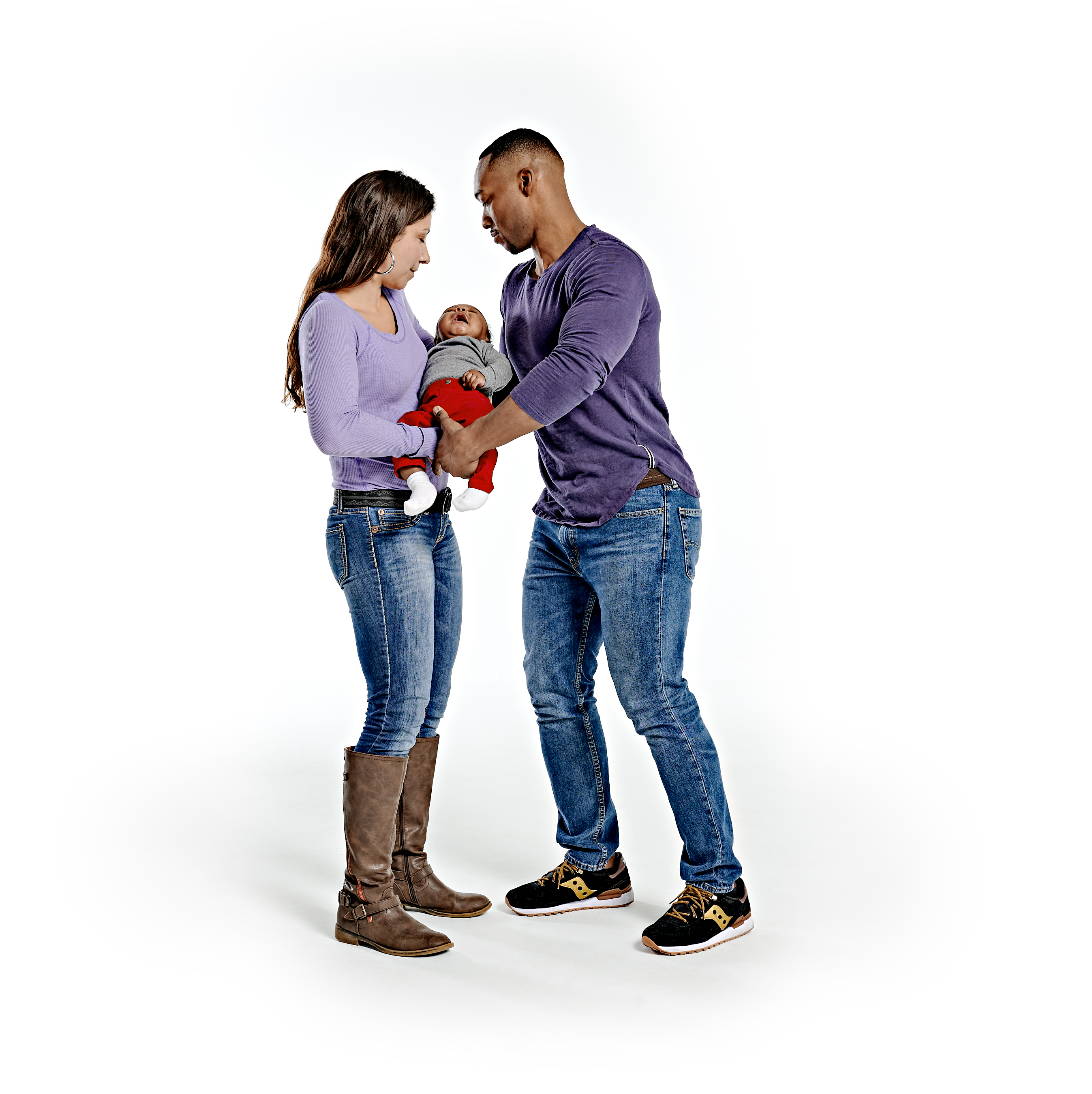Abusive Head Trauma Prevention
Abusive head trauma is a form of physical abuse that can occur when an infant or young child is violently shaken and/or slammed. It is sometimes called “Shaken Baby Syndrome." This type of trauma does not result from tossing or bouncing an infant in play or jiggling an infant awake. The number one most common trigger for Shaken Baby Syndrome is frustration with infant crying. Increased infant crying is a developmental normal period that will eventually pass.
Even just a few seconds of vigorous shaking can cause long-term damage, including severe brain injury, permanent disability and even death. Head trauma is the leading cause of disability and death among abused infants and children.
Impact
Abusive head trauma is the leading cause of physical abuse deaths in children under age five. It is associated with severe long-lasting health problems and developmental disabilities, including motor deficits, visual impairment, speech and cognitive deficits, seizures and behavioral disorders that last long after the injury. Approximately 50% of brain injuries in children under one year of age are inflicted and not accidental.
Prevention

Abusive head trauma can be prevented through education and awareness. Inconsolable crying is the most common trigger for shaking a baby. Many parents and caregivers do not realize the danger of shaking or slamming a child. Prevention efforts focus on education about normal crying patterns, ways to soothe a crying baby and the importance of taking a short break when frustrated.
The Prevention Board supports the use of The Period of PURPLE Crying ®. This evidence-based program is aimed at supporting parents and caregivers of all newborns and reducing the incidence of shaken baby syndrome/abusive head trauma. The program's child development approach features educational materials designed to build understanding of early increased infant crying, ways to soothe a crying infant, and techniques for coping with frustration. The Period of PURPLE Crying®, is offered in multiple doses and provides valuable information on normal crying patterns and the dangers of shaking a baby. It is designed to build parental awareness and strategies for addressing a developmental stage that is not widely understood.
It is also critical that parents and caregivers watch for sentinel injuries, small bruises or injuries appearing on infants who are not mobile. Though common for walking children, these types of minor injuries should not be present in infants who are not yet able to walk or crawl. It is said that, "Babies who are not cruising should not be bruising." Sentinel injuries require medical evaluation as they are early warning signs that, when recognized, can prevent more severe injuries.
Resources
Currently the Prevention Board has funding opportunity to aid in Abusive Head Trauma Prevention per state statute. This funding opportunity will provide funding for the implementation of Period of PURPLE Crying® Program.
Direct all questions to Claire Ackerman, claire.ackerman@wisconsin.gov
The Prevention Board makes abusive head trauma prevention programming and materials available to healthcare and community-based settings. Babies Cry, Be Prepared is a free publication which provides information about self-care and infant care during periods of crying. It is available in English, Spanish and Hmong.
Implementation of evidence-informed abusive head trauma prevention programming is supported through the Prevention Board's competitive grant making process. The Period of PURPLE Crying®, is offered in multiple doses and provides valuable information on normal crying patterns and the dangers of shaking a baby. It is designed to build parental awareness and strategies for addressing a developmental stage that is not widely understood.
For more information:
Training on Sentinel Injuries
Marks that Matter, Sentinel Injuries, and other Opportunities for Child Abuse Prevention is a 25-minute module will teach you about marks that matter and sentinel injuries, including why they are significant, who is at risk, and what to do if you suspect abuse. It is intended for childcare workers, child welfare workers, family support staff, and home visitors, but any person working with children will find it a useful tool.
Additional Resources:
- For childcare providers:
- For educators: